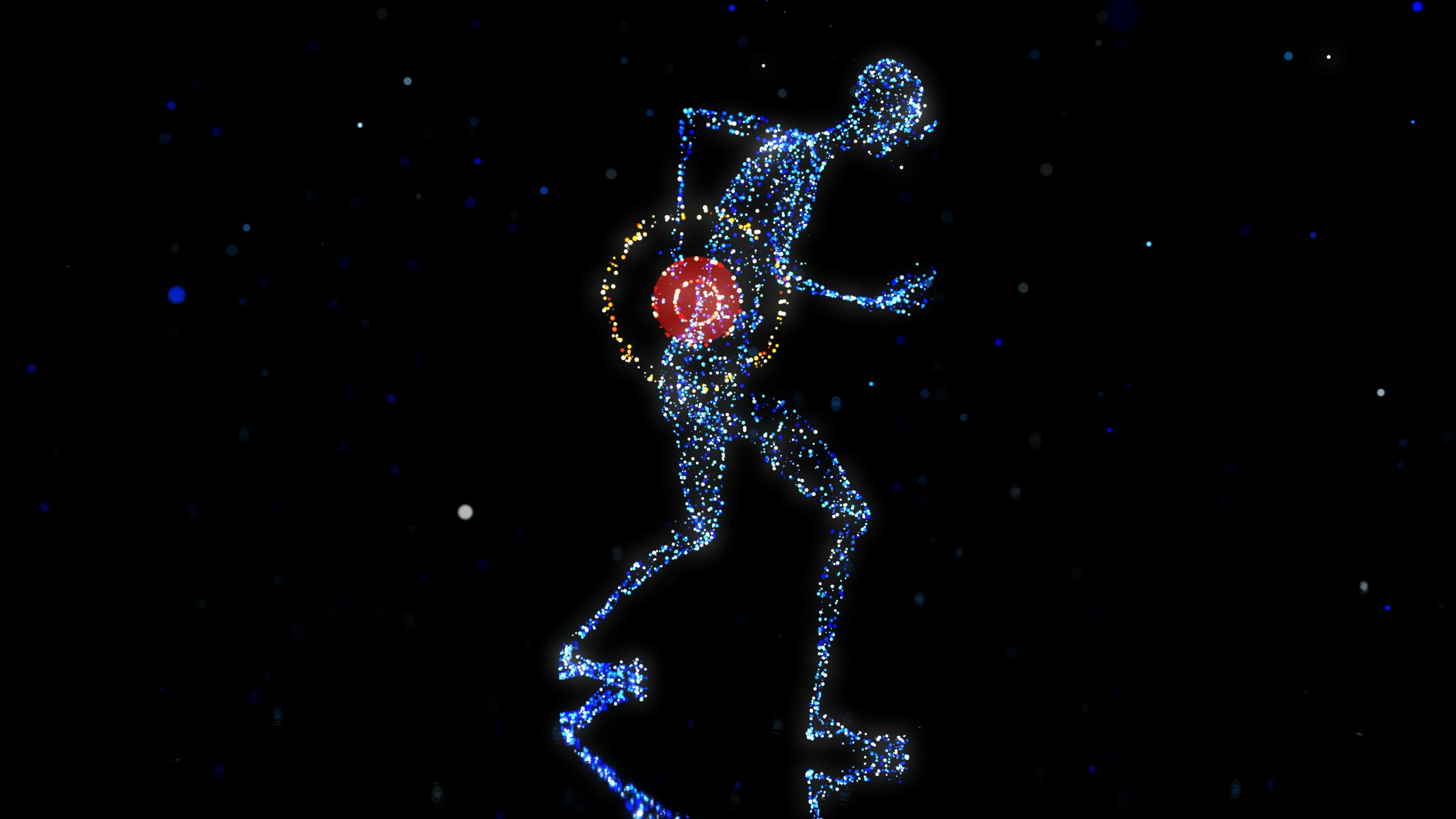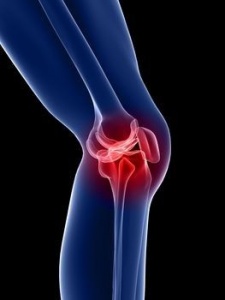Back pain is a common ailment that significantly impacts millions globally, often impairing their ability to perform daily activities and enjoy life. While temporary back pain is manageable and often resolves with minimal treatment, persistent and severe back pain can be debilitating and may require surgical intervention. For those suffering from chronic back pain due to degenerated discs, traditional treatments such as lumbar or cervical fusion have provided relief but at the cost of mobility and potential long-term complications. Disc arthroplasty offers a contemporary alternative, aiming to alleviate pain while preserving the spine’s natural movement.
Disc arthroplasty, also known as total disc replacement, involves removing a damaged disc and replacing it with an artificial one that mimics the function of a natural disc. This procedure is designed to reduce pain caused by degenerated discs and restore mobility to near-normal levels. The evolution of disc arthroplasty represents a significant advancement in spinal surgery, providing patients with a new lease on life where pain relief does not necessarily mean sacrificing flexibility and overall spinal function.
Table of Contents
ToggleWhat is Disc Arthroplasty?
Disc arthroplasty, or total disc replacement, is a surgical procedure designed to alleviate pain caused by degenerated discs in the spine. During the procedure, the damaged disc is removed and replaced with an artificial disc that mimics the function of a natural spinal disc. This innovative approach not only aims to relieve the discomfort associated with degenerated discs but also strives to restore the patient’s mobility to a near-normal level.
Advantages of Disc Arthroplasty
The primary benefit of disc arthroplasty over traditional spinal fusion surgeries is the preservation of spinal motion. While spinal fusion effectively alleviates pain by immobilizing parts of the spine, it can lead to decreased flexibility and additional stress on the adjacent segments, potentially causing further deterioration. In contrast, disc arthroplasty allows for more natural spinal movement, reducing the risk of adjacent segment degeneration. This makes it a preferred option for many patients and surgeons looking for a solution that maintains more of the spine’s innate functionality.
Ideal Candidates for Disc Arthroplasty
Disc arthroplasty is not suitable for everyone with back pain. Surgeons conduct thorough evaluations, including assessing the patient’s bone quality and analyzing CT scans and MRIs, to determine if disc arthroplasty is appropriate. Generally, candidates are typically between the ages of 18 and 65, have good bone quality, and suffer from back pain severe enough to disrupt daily life, with MRI evidence of disc degeneration. This careful selection ensures that the procedure is both safe and beneficial for the patient.
The Surgical Approaches in Disc Arthroplasty
There are several techniques utilized in disc arthroplasty, tailored to address specific conditions and patient needs:
- Decompression: This method involves removing material that is putting pressure on the spinal nerves to restore movement.
- Fusion: Used to stabilize the spinal vertebrae when the disc space has collapsed. It is sometimes combined with decompression to enhance stability and relieve pressure.
- Total Disc Replacement: This involves replacing the damaged disc with an artificial one to retain normal movement and prevent further degeneration.
Each method has its indications and is selected based on the individual’s specific medical condition and the severity of their symptoms.
Role of In-Home Care in Recovery from Disc Arthroplasty
Recovering from disc arthroplasty can be intensive and may require significant lifestyle adjustments, especially during the early postoperative period. In-home care can be invaluable during this time, providing necessary support that encompasses everything from basic mobility assistance to complex medical management. Caregivers can help with administering medications, transporting the patient to follow-up appointments, and assisting with daily activities that might be challenging during recovery. This support not only aids in physical recovery but also provides emotional reassurance to the patient, which can be crucial for overall well-being.
Incorporating Mental Health Support
The journey through chronic back pain and recovery from spinal surgery can be emotionally taxing. Incorporating mental health therapy into the recovery plan, such as counseling or psychotherapy, can significantly aid patients in coping with the psychological impacts of long-term pain and post-surgery adjustment. Anxiety therapy can be particularly beneficial, helping patients manage any feelings of stress and fostering a more positive outlook towards recovery.
Disc Arthroplasty as a Path to Enhanced Quality of Life
Disc arthroplasty is a sophisticated treatment option that has transformed the approach to managing severe and chronic back pain. This surgical innovation not only alleviates pain but also significantly improves mobility, allowing patients to return to their daily routines with less discomfort and greater ease. The procedure is particularly beneficial for individuals who have not found relief through conventional methods and are seeking an alternative that offers a balance between effective pain management and retention of spinal movement.
Recovery from disc arthroplasty can vary based on the individual’s condition and the specific surgical approach used. The support from in-home care services during this period is invaluable, providing patients with the necessary assistance to navigate their daily lives while recovering. In-home caregivers help with medication management, mobility, and daily activities, contributing significantly to the patient’s physical recovery and emotional well-being. Moreover, integrating mental health support, such as depression therapy, into the post-operative care plan can address the psychological impacts of long-term back pain, ensuring a holistic recovery that considers both the body and the mind. Together, these comprehensive care strategies enable patients to achieve better outcomes and improve their quality of life post-surgery.




